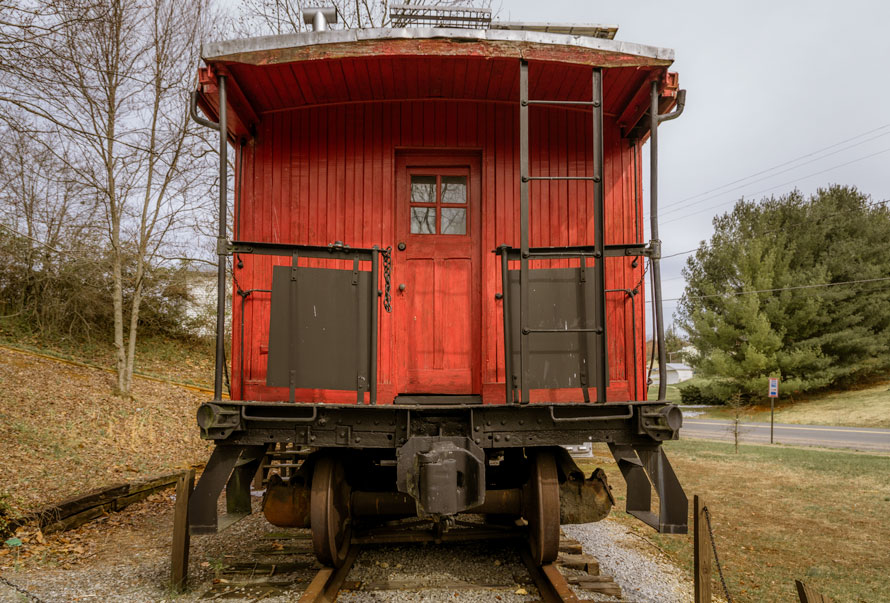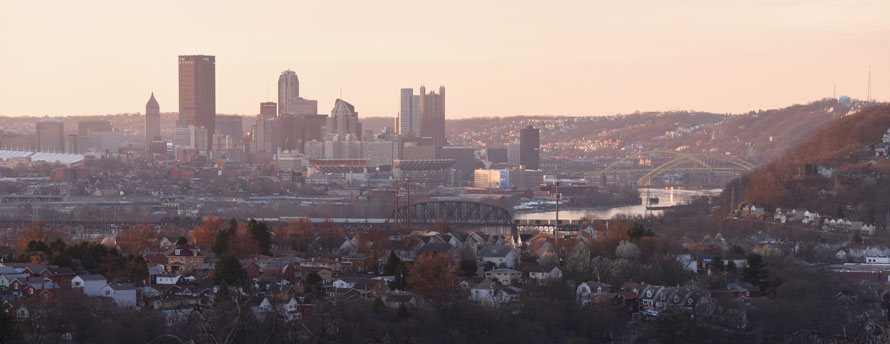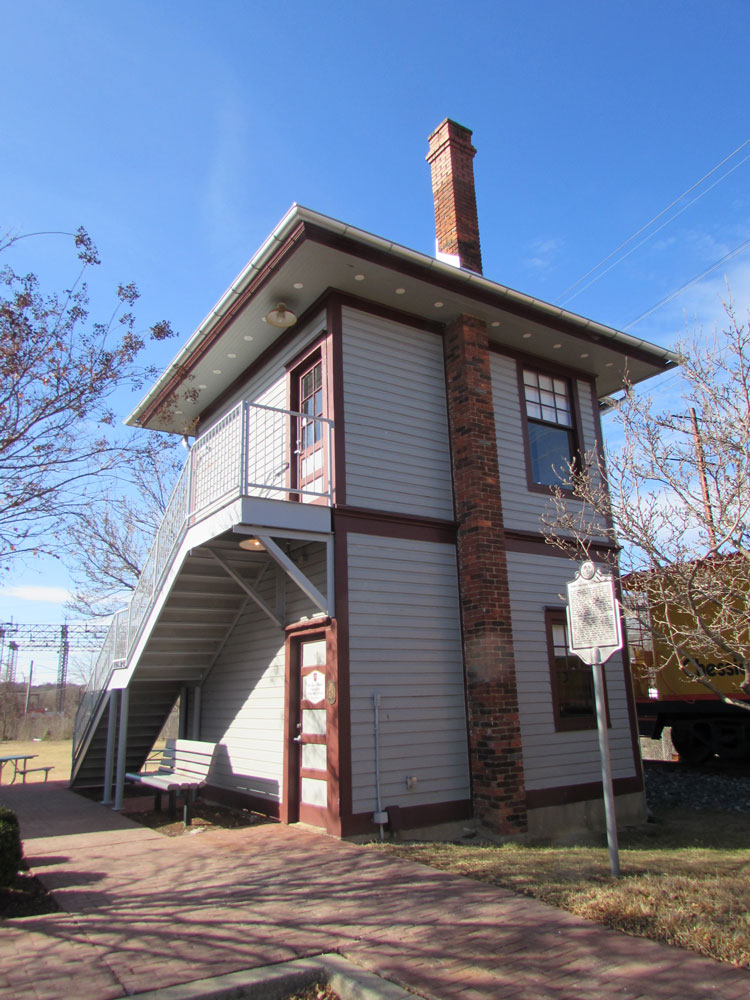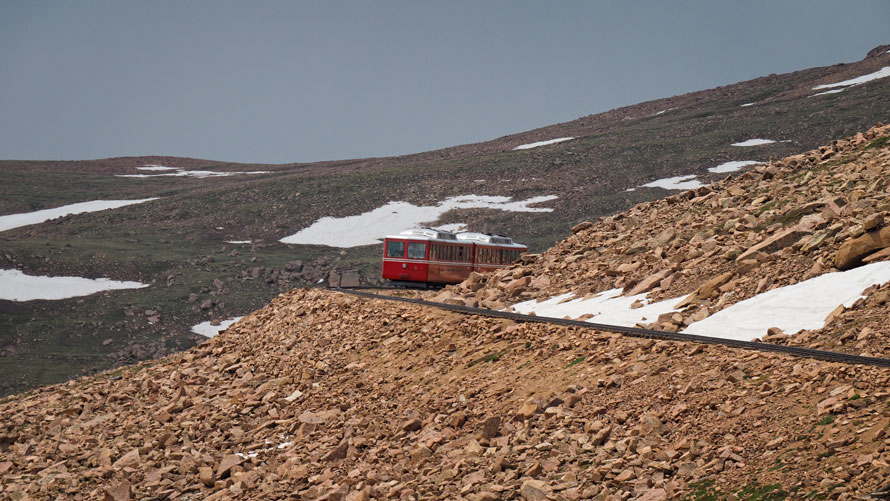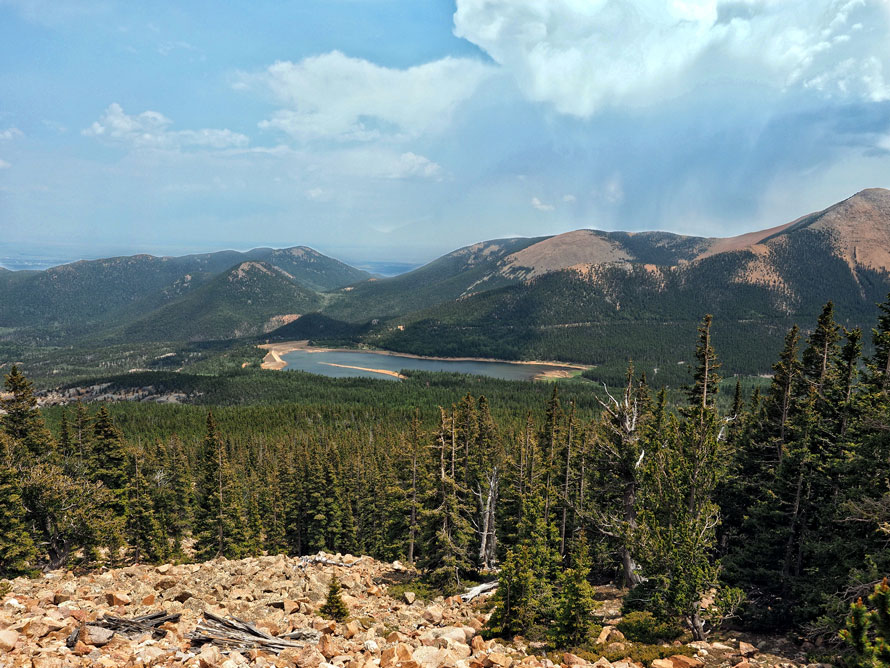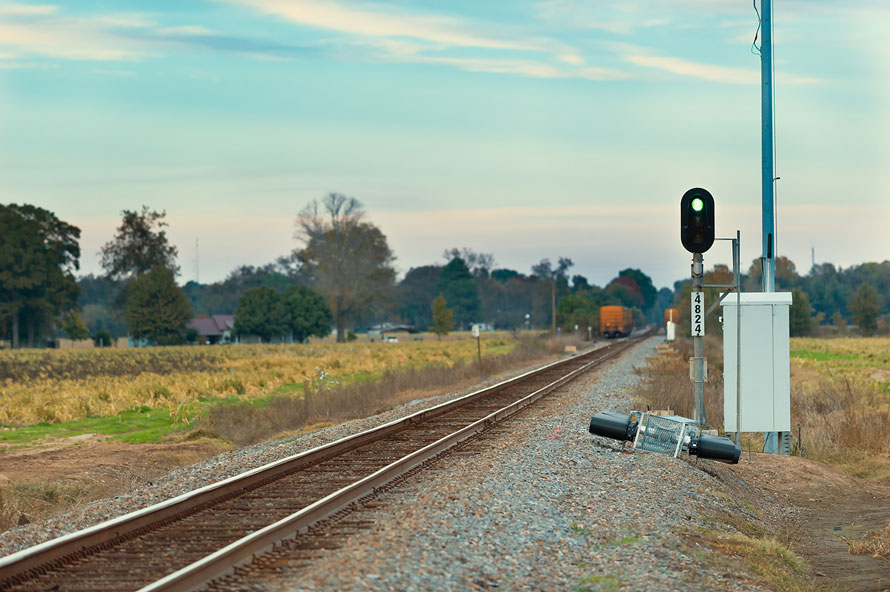Earth Day 2018, Pittsburgh and environs
Part Two
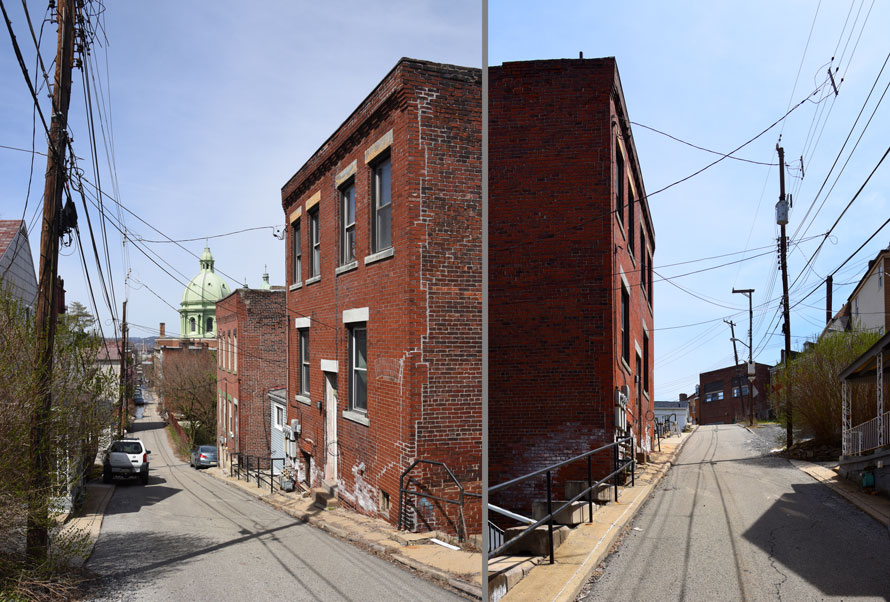
Before leaving Polish Hill, George and I did some exploring above the church, looking down the streets and alleys for vantage points. Phelan Way, which runs behind the church and climbs like crazy at its eastern end, up to Herron Avenue, offered a good example of the neighborhood’s flavor.
George found the narrow passage between two buildings attractive, and he had me walk past it a number of times on the next street down, Brereton, so he could capture me in mid-stride in the gap. The large and indolent husky who lived there watched me over the gate with some interest but expended no energy in saying so. Read more
